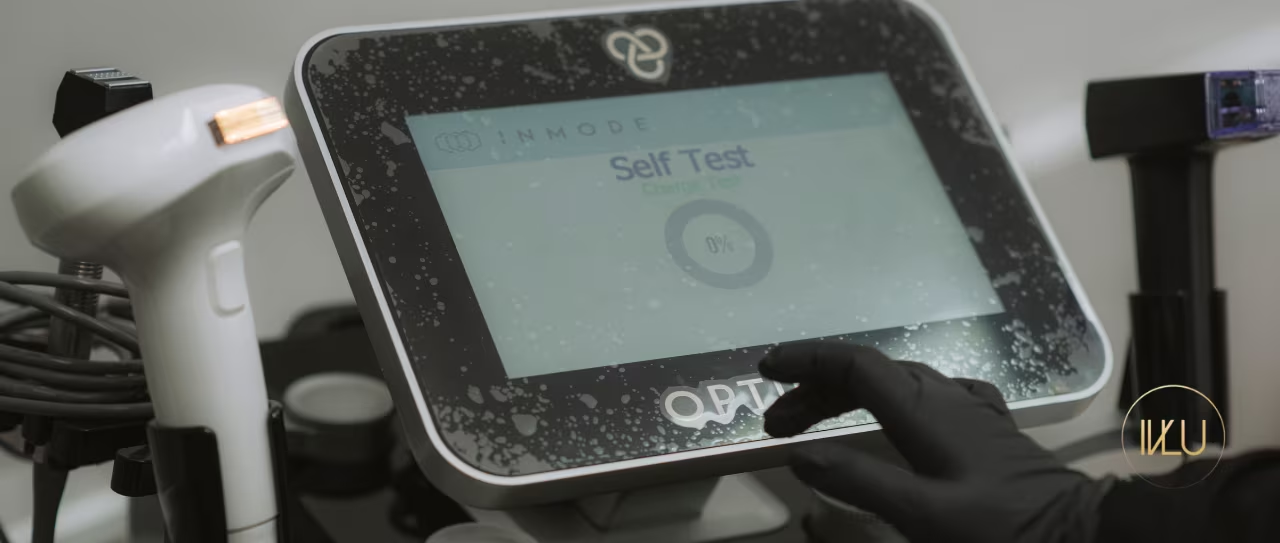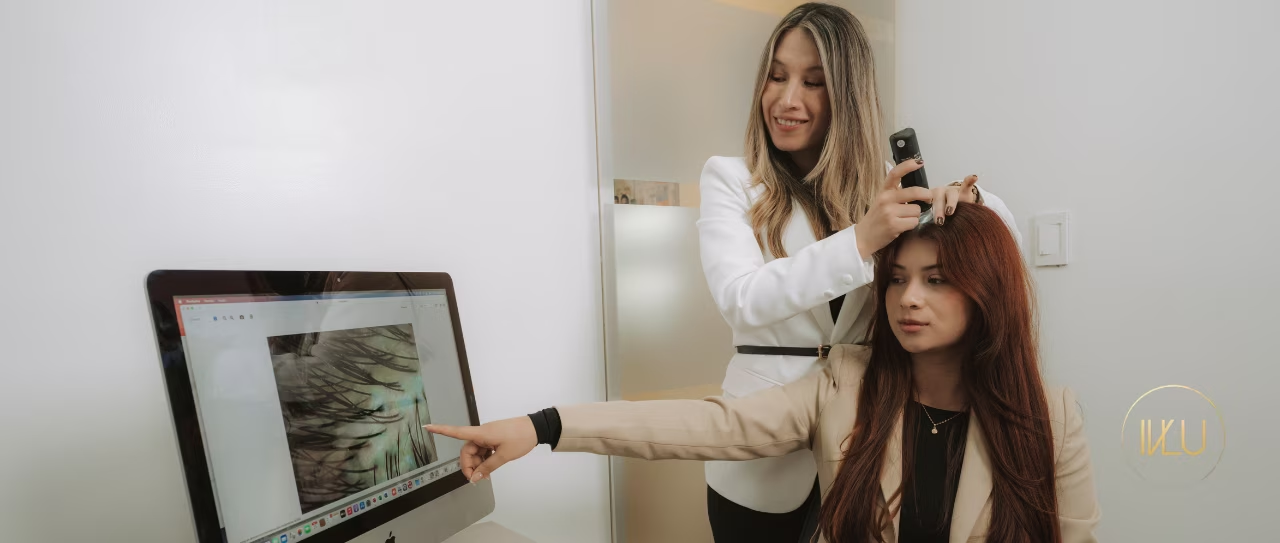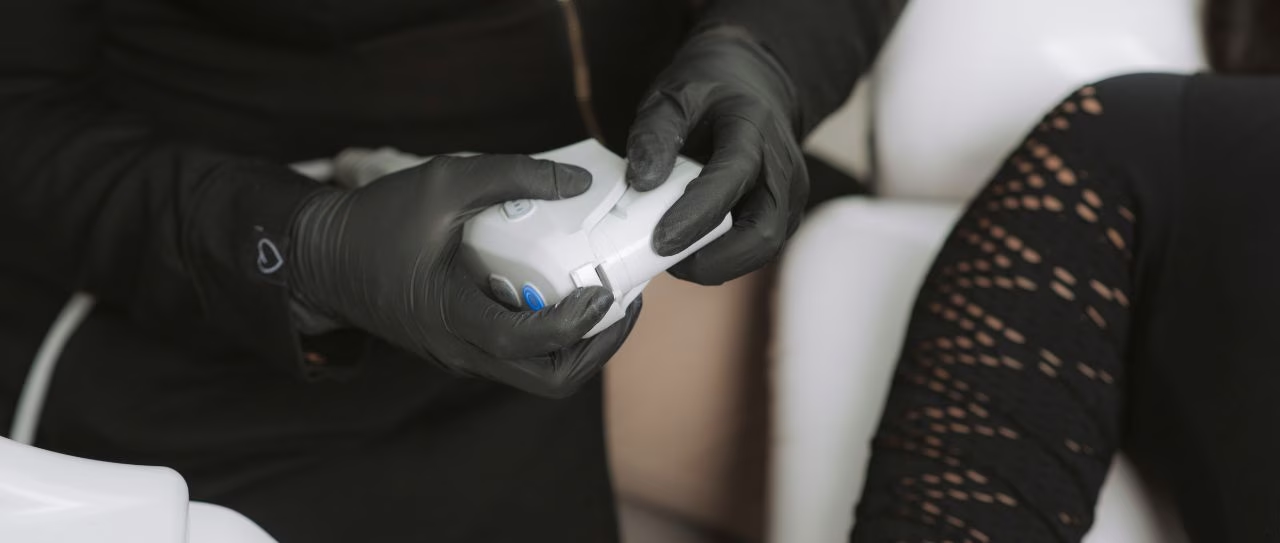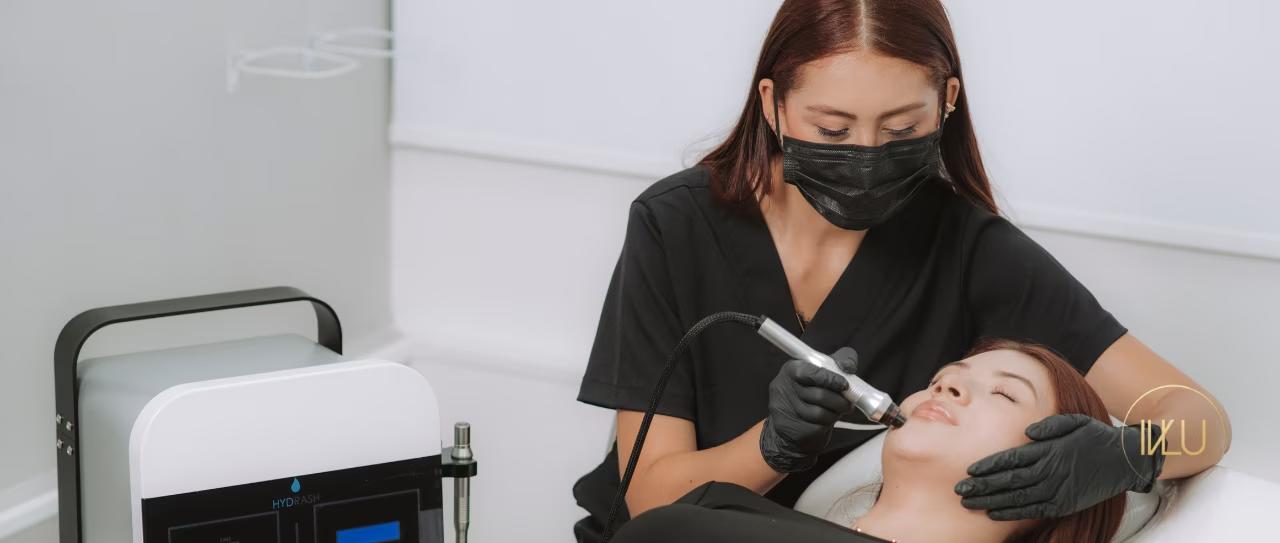
Expert Protocol for Sensitive Skin: 7 Evidence-Based Steps
Sensitive skin is not just a cosmetic concern but a clinical condition that affects both physical and emotional well-being. Recent studies show that up to 60% of the global population reports experiencing some degree of skin sensitivity, with numbers rising, especially in urban environments with high pollution levels.
At IVLU Bogotá, we’ve developed a specialized, evidence-based protocol to effectively address sensitive and reactive skin. This comprehensive approach not only alleviates symptoms but also strengthens the skin barrier for lasting results.
What Defines Sensitive Skin?
Before treatment, it’s essential to understand what characterizes sensitive skin from a dermatological perspective:
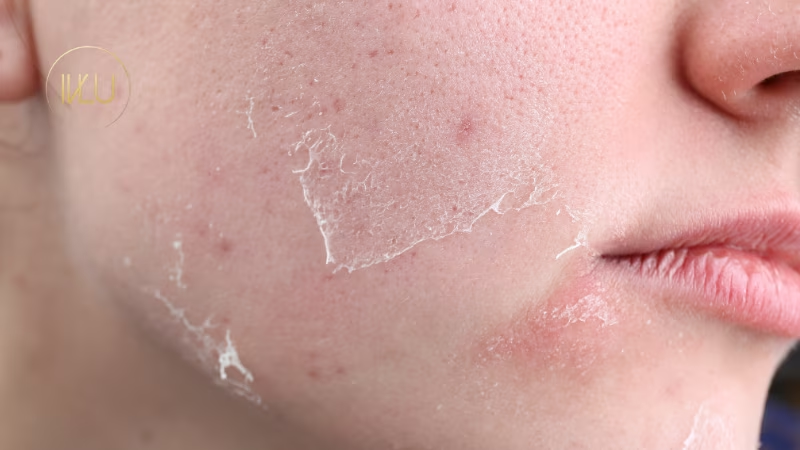
- Physiological Basis: A compromised skin barrier with lower levels of ceramides and essential fatty acids
- Nerve Hyperreactivity: Increased density of nerve endings and TRPV1 receptors (vanilloid receptors)
- Altered Immune Response: Excessive release of inflammatory mediators like histamine, substance P, and cytokines
- Imbalanced Microbiome: Disruption of the skin’s natural bacterial flora
This combination of factors leads to typical symptoms: redness, burning, tightness, flaking, and unpredictable reactions to products or environmental triggers.
The 7-Step Protocol: Scientific and Clinical Foundation
Our protocol is based on recent dermatological research and refined through clinical experience with hundreds of sensitive skin patients. Here’s a detailed look at each step:
1. Differential Diagnosis: Identifying Specific Sensitivity Types
Not all sensitive skin is the same. It’s crucial to determine whether the condition is:
- Rosacea: Persistent facial redness with possible visible blood vessels (telangiectasia)
- Atopic Dermatitis: Extremely dry skin prone to eczema
- Contact Dermatitis: Reactions to specific ingredients
- Environmental Sensitivity: Reactivity to pollution, temperature changes, or UV exposure
At IVLU, we conduct a comprehensive analysis using digital dermatoscopy and validated sensitive skin questionnaires (like SSCS - Sensitive Scale for Sensitive Skin) to determine the exact subtype and severity.
2. Skin Barrier Restoration: The Foundation
Scientific evidence shows that strengthening the skin barrier is the most critical step for sensitive skin:
Key Components:
- Ceramides: Formulations with ceramides 1, 3, and 6-II effectively restore the skin barrier
- Low-Molecular-Weight Hyaluronic Acid: Penetrates deeply for intracellular hydration
- Niacinamide (Vitamin B3): At 4-5%, reduces inflammation and reinforces barrier function
- Prebiotics and Topical Probiotics: Restore the skin microbiome balance
This foundational treatment must be applied consistently for at least 4-6 weeks to see significant improvements in skin barrier integrity.
3. Targeted Anti-Inflammatory Therapy: Controlling Reactivity
For reactive skin, we use anti-inflammatory actives that specifically target inflammatory mediators without causing irritation:
- Licorice Root Extract (Glycyrrhetinic Acid): Selectively inhibits COX-2 and prostaglandin production
- Centella Asiatica (Madecassosides): Reduces neurogenic inflammation
- Panthenol (Provitamin B5): Accelerates healing and reduces erythema
- Avenanthramides (Colloidal Oat Extract): Potent natural anti-inflammatories
In cases of severe inflammation, low-potency hydrocortisone (0.5-1%) or topical calcineurin inhibitors (pimecrolimus, tacrolimus) may be prescribed under strict medical supervision.
4. Non-Ablative Physical Therapies: Controlled Regeneration
Light and energy-based technologies, when used with sensitive skin-specific parameters, offer excellent results:
- LED Therapy: Red light (633nm) and near-infrared light (830nm) reduce inflammation and stimulate regeneration without generating heat
- Subphysiological Monopolar Radiofrequency: Stimulates collagen production without causing inflammation
- Low-Frequency Ultrasound: Enhances skin permeability for subsequent treatments
The case of Marcela, a 42-year-old patient with type 1 rosacea and extreme sensitivity, illustrates the effectiveness of this approach:
“For years, I tried countless ‘sensitive skin’ products without results. After 8 LED therapy sessions combined with the barrier restoration protocol, my skin stopped reacting to everything. The difference has been so remarkable that I no longer need foundation to cover redness.”
5. Biocéutical Therapy: Targeted Nutrition for Reactive Skin
Current scientific evidence confirms that certain oral nutrients significantly reduce skin sensitivity:
- Omega-3 Fatty Acids (EPA/DHA): 2-3g daily reduces inflammatory mediator production
- Polyphenols: Green tea, grape, and pomegranate extracts neutralize free radicals and regulate immune response
- Zinc: 15-30mg daily improves healing and modulates immune response
- Vitamin D: Optimal levels (>30 ng/ml) are linked to better barrier function and reduced sensitivity
This nutritional approach complements topical treatments, accelerating and enhancing results.
6. Maintenance Protocol: Preventing Relapse
Once the skin is stabilized, proper maintenance is crucial:
- Cleansing with Non-Ionic Surfactants: Preserves the hydrolipidic mantle
- Daily Physical Sun Protection: Zinc oxide and micronized titanium dioxide, free of chemical filters
- Minimalist Routine: Fewer ingredients with high efficacy
- Gradual Reintroduction Plan: Cautious incorporation of functional actives (retinoids, vitamin C, AHAs) in adapted formulations
Simplicity and consistency are key in this phase, avoiding the temptation to try multiple products.
7. Psycho-Dermatological Approach: The Emotional Factor
The mind-skin connection is scientifically proven, especially in sensitive skin:
- Stress increases neuropeptide production, triggering inflammation
- Anxiety can reduce skin barrier function by up to 20%
- Insomnia disrupts nighttime skin regeneration cycles
Therefore, we complement the protocol with stress management techniques, sleep hygiene, and, when necessary, referrals to psychosomatic medicine specialists.
Clinical Cases: Long-Term Protocol Results
Follow-up with patients who completed our protocol shows promising long-term outcomes:
- 85% experience significant reduction in redness and reactivity within 8-12 weeks
- 72% can gradually reintroduce functional actives without adverse reactions
- 90% report improved quality of life (measured with DLQI index)
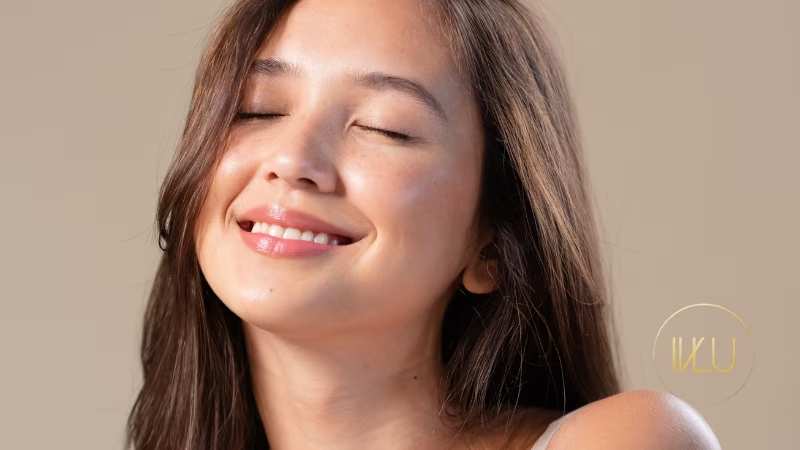
Personalized Recommendations by Sensitivity Subtype
Each manifestation of sensitive skin requires specific protocol adaptations:
For Rosacea-Prone Skin
- Focus on anti-inflammatory actives like oat extract, azelaic acid, and niacinamide
- LED therapy with yellow light (590nm) specifically reduces erythema
- Avoid alcohols, menthol, and essential oils
For Atopic Skin
- Higher concentrations of ceramides and omega fatty acids
- Oil baths and rinse-free oil cleansers
- Environmental control: humidifiers and organic cotton clothing
For Contact Dermatitis
- Patch testing to identify specific allergens
- Ultra-minimalist products (fewer than 10 ingredients)
- Protective barrier in potential exposure contexts
An Evidence-Based Approach to Transform Sensitive Skin
Sensitive skin doesn’t have to be a lifelong condition that limits quality of life. With a scientifically grounded, personalized protocol, it’s possible to not only control symptoms but also transform the skin toward greater resilience and health.
At IVLU Bogotá, we continue to incorporate the latest dermatological advancements into our sensitive skin protocols, helping our patients regain confidence in their skin. If you experience symptoms of skin sensitivity, schedule a specialized evaluation to develop a personalized plan based on our 7-step protocol.
Want to learn more about caring for your skin? Explore our professional facial cleansing services tailored for different skin types or discover our advanced dermatological treatments for specific needs.
